With ENC coverage increasing every day and costs coming down in the very near future, the paperless option will surely be more inexpensive. Add to this the uncertainty factor associated with the analogue products, of connecting the updates and thus increasing the associated risk during inspections by various port authorities who insist upon having latest updated charts and publications at all times, the paperless option, with the possibility of making data available and updating it at anytime and anywhere, is far more cost effective.
Indirect Costs
And then there are potential savings on the indirect costs, viz., man hours and the possibility of using fuel saving applications, for example, the Voyage Decision Support (VDS) System, which can reduce fuel consumption by as much as 5-6%. Add to this the reduction in the environmental impact and the potential is therefore huge.
On board a tanker on a typical trans-Atlantic route the saving potential during trials over 6 months has been documented to be in the range of USD400,000 per year which is many times more than the expenditure on equipment.
70% af all marine insurance claims are related to navigational incidents, which again add to indirect costs in the form of additional premiums, call money etc. Enhanced safety thus also means lower costs.

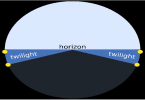
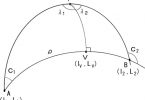
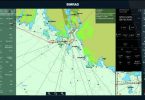
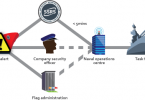
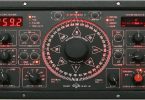
The finest sites and blogs and forums centered on maritime e-learning. dgeadddfeedc
hello!,I like your writing very a lot! proportion we keep in touch more approximately your article on AOL? I require a specialist on this area to unravel my problem. May be that’s you!
I really appreciate this post. I’ve been looking all over for this! Thank goodness I found it on Bing. You’ve made my day! Thanks again! eegafbddcdggkaea
Hi there, just became aware of your blog through Google, and found that it is really informative. Im going to watch out for brussels. Ill be grateful if you continue this in future. Lots of people will be benefited from your writing. Cheers! abeeacdkedae